The Vikings were a seafaring people from the late eighth to early 11th century who established a name for themselves as traders, explorers and warriors. They discovered the Americas long before Columbus and could be found as far east as the distant reaches of Russia. From around A.D. 800 to the 11th century, a vast number of Scandinavians left their homelands to seek their fortunes elsewhere. These seafaring warriors–known collectively as Vikings or Norsemen (“Northmen”)–began by raiding coastal sites, especially undefended monasteries, in the British Isles. Over the next three centuries, they would leave their mark as pirates, raiders, traders and settlers on much of Britain and the European continent, as well as parts of modern-day Russia, Iceland, Greenland and Newfoundland.
While these people are often attributed as savages raiding the more civilized nations for treasure and women, the motives and culture of the Viking people are much more diverse. These raiders also facilitated many changes throughout the lands from economics to warfare.
Early Viking Raids
In A.D. 793, an attack on the Lindisfarne monastery off the coast of Northumberland in northeastern England marked the beginning of the Viking Age. The culprits–probably Norwegians who sailed directly across the North Sea–did not destroy the monastery completely, but the attack shook the European religious world to its core. Unlike other groups, these strange new invaders had no respect for religious institutions such as the monasteries, which were often left unguarded and vulnerable near the shore. Two years later, Viking raids struck the undefended island monasteries of Skye and Iona (in the Hebrides) as well as Rathlin (off the northeast coast of Ireland). The first recorded raid in continental Europe came in 799, at the island monastery of St Philibert’s on Noirmoutier, near the estuary of the Loire River.
The Viking Age
Many historians commonly associate the term “Viking” to the Scandinavian term vikingr, a word for “pirate.” However, the term is meant to reference oversea expeditions, and was used as a verb by the Scandinavian people for when the men traditionally took time out of their summers to go “a Viking.” While many would believe these expeditions entailed the raiding of monasteries and cities along the coast, many expeditions were actually with the goal of trade and enlisting as foreign mercenaries.
Conquests in the British Isles
By the mid-ninth century, Ireland, Scotland and England had become major targets for Viking settlement as well as raids. Vikings gained control of the Northern Isles of Scotland (Shetland and the Orkneys), the Hebrides and much of mainland Scotland. They founded Ireland’s first trading towns: Dublin, Waterford, Wexford, Wicklow and Limerick, and used their base on the Irish coast to launch attacks within Ireland and across the Irish Sea to England. When King Charles the Bald began defending West Frankia more energetically in 862, fortifying towns, abbeys, rivers and coastal areas, Viking forces began to concentrate more on England than Frankia.
In the wave of Viking attacks in England after 851, only one kingdom–Wessex–was able to successfully resist. Viking armies (mostly Danish) conquered East Anglia and Northumberland and dismantled Mercia, while in 871 King Alfred the Great of Wessex became the only king to decisively defeat a Danish army in England. Leaving Wessex, the Danes settled to the north, in an area known as “Danelaw.” Many of them became farmers and traders and established York as a leading mercantile city. In the first half of the 10th century, English armies led by the descendants of Alfred of Wessex began reconquering Scandinavian areas of England; the last Scandinavian king, Erik Bloodaxe, was expelled and killed around 952, permanently uniting English into one kingdom.
Viking Settlements: Europe and Beyond
Meanwhile, Viking armies remained active on the European continent throughout the ninth century, brutally sacking Nantes (on the French coast) in 842 and attacking towns as far inland as Paris, Limoges, Orleans, Tours and Nimes. In 844, Vikings stormed Seville (then controlled by the Arabs); in 859, they plundered Pisa, though an Arab fleet battered them on the way back north. In 911, the West Frankish king granted Rouen and the surrounding territory by treaty to a Viking chief called Rollo in exchange for the latter’s denying passage to the Seine to other raiders. This region of northern France is now known as Normandy, or “land of the Northmen.”
End of the Viking Age
The events of 1066 in England effectively marked the end of the Viking Age. By that time, all of the Scandinavian kingdoms were Christian, and what remained of Viking “culture” was being absorbed into the culture of Christian Europe. Today, signs of the Viking legacy can be found mostly in the Scandinavian origins of some vocabulary and place-names in the areas in which they settled, including northern England, Scotland and Russia. In Iceland, the Vikings left an extensive body of literature, the Icelandic sagas, in which they celebrated the greatest victories of their glorious past.
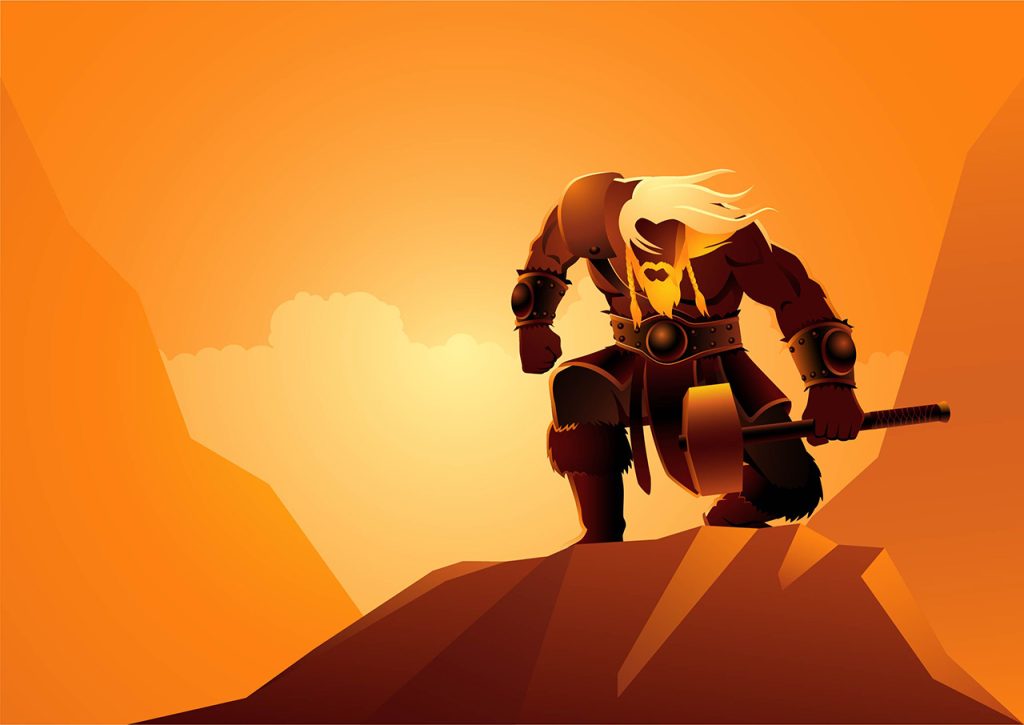
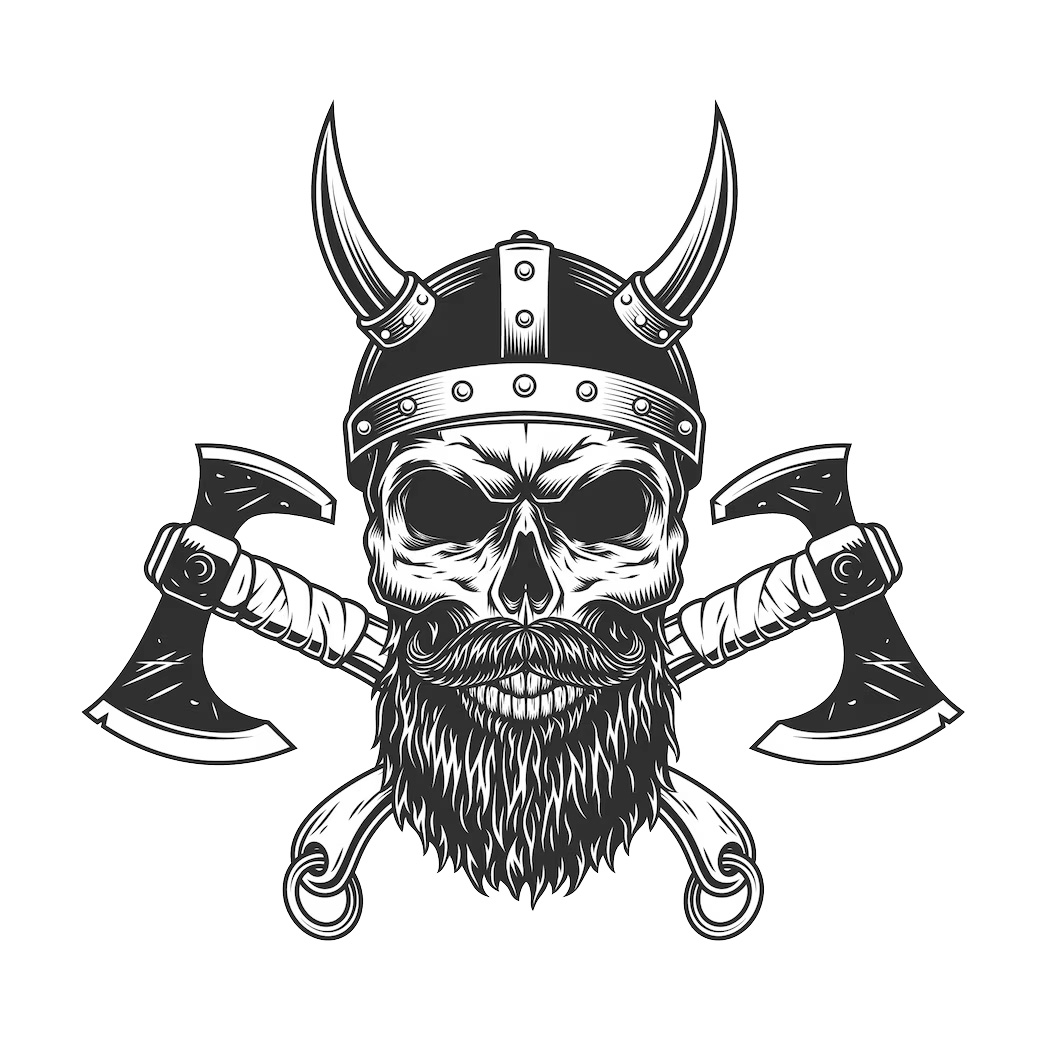
The most famous Vikings
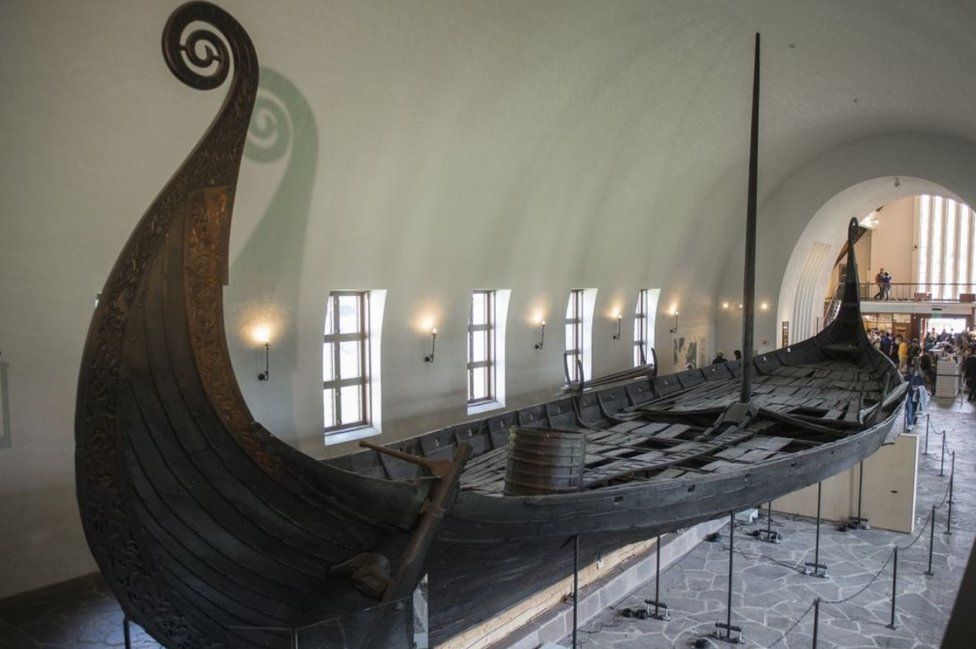
The Viking Longship: Engineering and Impact on Exploration
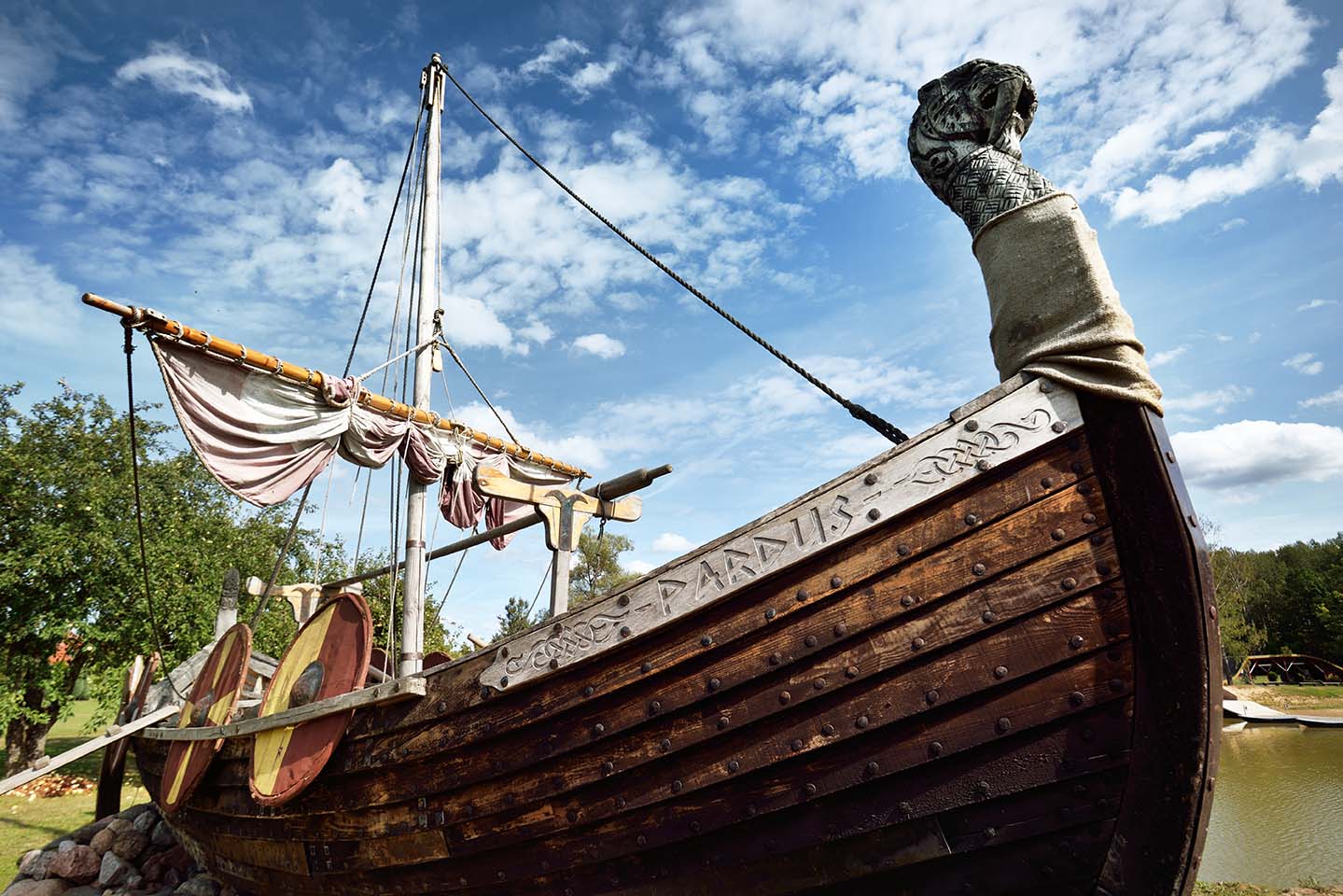
Viking travels
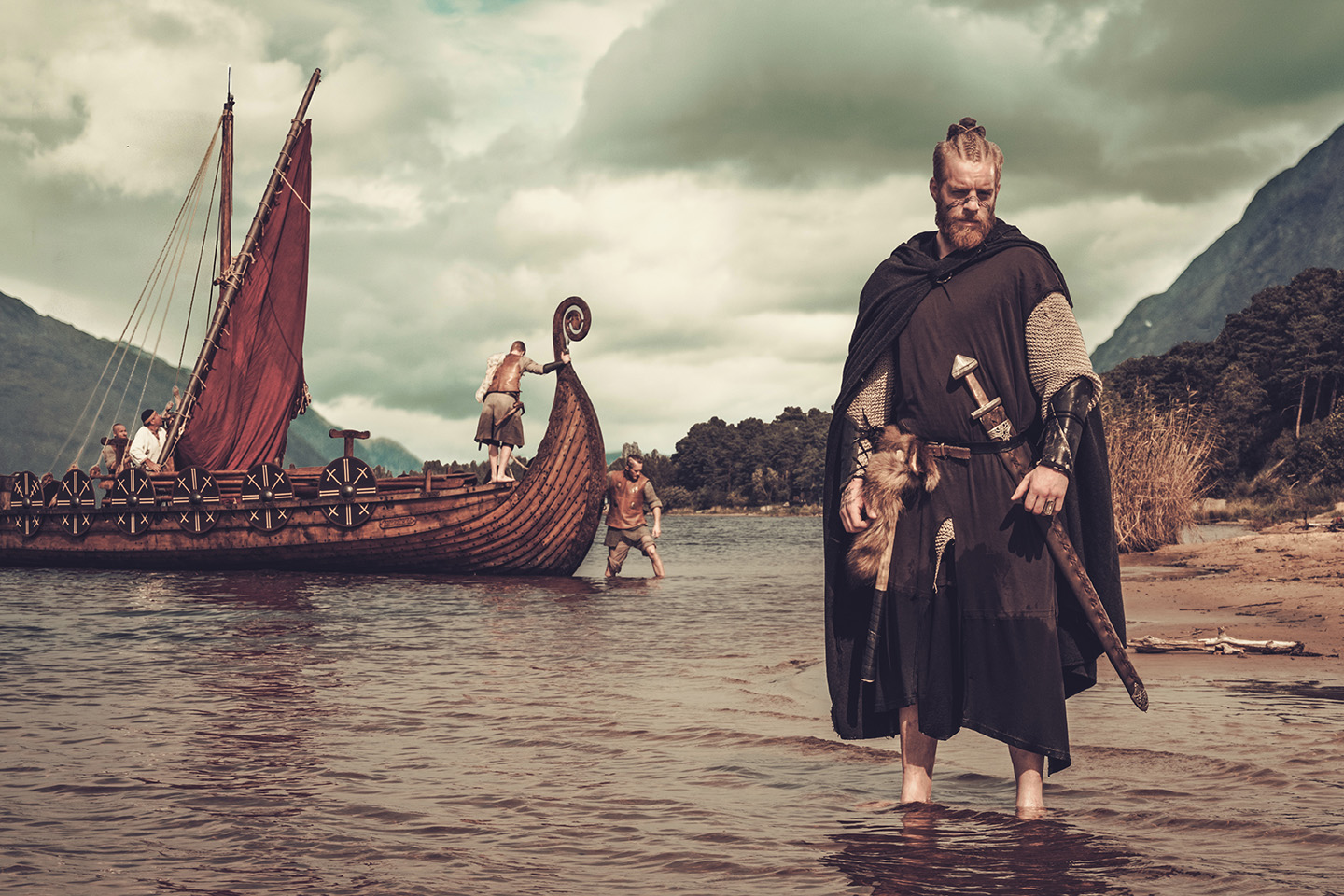
Battle Tactics of the Vikings: A Study of Norse Warfare Strategies

The History of Viking Helmet
